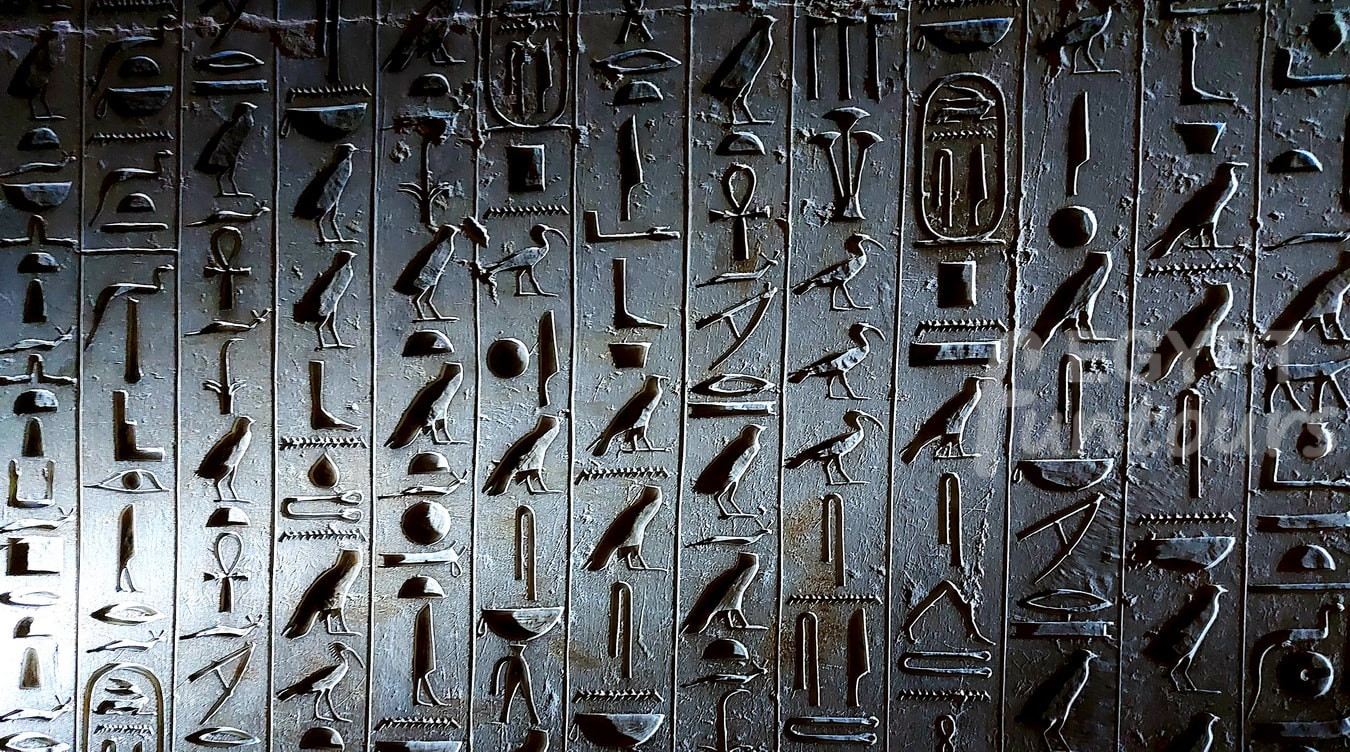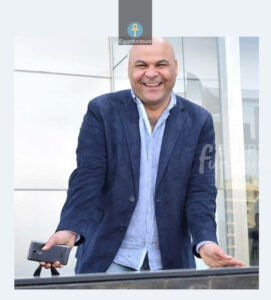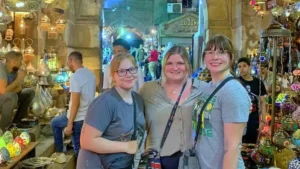Owls in Ancient Egypt
Owls in Ancient Egypt held a fascinating place in culture, symbolizing various aspects of life, death, and wisdom. Revered for their nocturnal habits and mysterious nature, these birds had an association with the divine and the supernatural. This exploration delves into the significance of owls in ancient Egyptian society, their symbolic meanings, and their representations in art and mythology.
The symbolic significance of owls in Ancient Egypt

The owl, with its enigmatic presence, held a unique and often profound symbolism in ancient Egyptian culture. Egyptians associated these nocturnal birds with various powerful concepts, from profound wisdom to the solemn journey into the afterlife.
Association with Wisdom and Knowledge
Ancient cultures, including Egypt, regarded owls as symbols of wisdom and knowledge. Their ability to see clearly in the dark and their silent, ethereal flight greatly contributed to their mystical and intelligent reputation. This strong association with wisdom directly linked owls to the goddess Seshat, the revered deity of writing, knowledge, and measurement. Artists frequently depicted Seshat with an owl perched on her head or nearby, powerfully reinforcing the bird’s connection to intellectual pursuits, libraries, and the pursuit of profound understanding. Egyptians saw the owl as a creature that observed and comprehended unseen truths.
Connections to the Afterlife
In ancient Egyptian belief, owls were also connected deeply with the realm of the dead. Egyptians thought owls served as guides for souls, helping them navigate the complex and perilous journey through the afterlife. Some ancient texts even suggest that owls possessed the unique ability to perceive the spirits of the deceased, further cementing their crucial role as intermediaries between the living world and the spectral realm. This powerful connection to the afterlife made owls highly significant in funerary practices and influenced various burial customs, symbolizing passage and protection for the departed.
Guardian Spirits
Egyptians sometimes considered owls to be powerful protective spirits. They believed owls possessed the ability to ward off evil and actively protect the living from malevolent forces and unseen dangers. This pervasive belief likely led to the widespread inclusion of owl imagery in amulets, talismans, and other protective artifacts. People would wear or display these items, trusting the owl’s inherent power to bring safety and good fortune, shielding them from harm and negative influences in their daily lives.
Representations in Art and Hieroglyphs

The owl’s distinctive features and nocturnal habits deeply influenced its representation in both the visual arts and the written language of ancient Egypt. Egyptians incorporated the owl into their artistic expressions and hieroglyphic script, reflecting its multifaceted symbolic meaning.
Artistic Depictions
Ancient Egyptian art frequently featured owls, often depicted in a strikingly stylized form. Artists meticulously portrayed them in various media, including vivid tomb paintings, practical pottery, and intricate jewelry. These numerous representations powerfully highlighted the owl’s significance in the daily life and profound spiritual beliefs of the Egyptians. The Barn Owl, easily recognizable by its distinct heart-shaped face and large eyes, was the most common species depicted. These artistic renderings not only showcased the Egyptians’ keen observation of nature but also served to visually communicate the owl’s perceived attributes of wisdom, mystery, and connection to the otherworld.
Hieroglyphic Symbolism
In the intricate system of hieroglyphs, the owl held a vital linguistic role. It primarily symbolized the sound “m”, making it a fundamental component in countless words and names. Beyond its phonetic value, the owl hieroglyph also often represented the concept of “night.” The owl’s inherently nocturnal nature perfectly aligned it with the mysteries, silence, and unknown aspects of the night, thereby making it a powerful and evocative symbol in ancient texts. Its presence in written language further solidified its cultural importance, embedding its symbolic meanings directly into the very fabric of Egyptian communication and understanding.
Rituals and Beliefs Behind Owls in Ancient Egypt
1. Funerary Practices:
Owls were sometimes included in funerary rituals. Their feathers were believed to possess magical properties, and they were sometimes placed in tombs or used in rituals to ensure safe passage for the deceased. The presence of owls in burial sites reflected their importance in the journey to the afterlife.
2. Folklore and Myths
Egyptian culture held the owl in high regard. These mysterious birds appeared in many myths. They often featured as wise and mystical creatures. These tales highlighted their roles as protectors or guides. This reinforced their important place in the cultural narrative.
Owls were much more than simple birds to the ancient Egyptians. They held rich symbolism and deep meaning. These nocturnal hunters represented profound wisdom. They also offered powerful protection. Furthermore, they symbolized a vital connection to the afterlife. Because of this, owls became integral to the spiritual and cultural fabric of ancient Egyptian society. They played a key part in how Egyptians understood their world and the journey beyond.
A Lasting Fascination
The owl’s consistent presence across Egyptian art, mythology, and funerary practices proves its lasting significance. This makes them captivating subjects for study. People interested in this remarkable civilization’s beliefs and customs find owls endlessly intriguing. The legacy of owls from ancient Egypt still inspires fascination today. It reflects humanity’s age-old connection to the mysteries of the night and the unseen world.
Interesting fact about owls in ancient Egypt
As was already noted, the owl represents the letter “M” in the ancient Egyptian alphabet. The owl’s eyebrows in all of the hieroglyphics form the Latin letter “M” if you look closely, indicating that this ancient Egyptian sign is where the Latin letter “M” had its start.


























